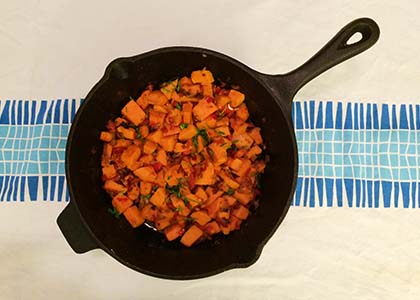You’re definitely ignoring at least six assignments in order to read this. Let’s not waste any time and get you closer to eating healthy – and quickly – in college.
10. Eat High-Quality Junk Food

Look, we know it’s incredibly hard to ignore the siren call of late night runs to Taco Bell. You’re actually probably not going to be able to cut out junk food entirely. Stop lying to yourself.
Instead, focus on making your favorite comfort foods with quality ingredients. Small bargains like that will take the stress out of eating healthy, and you’ll do a lot better than demanding perfection.
9. Try Intermittent Fasting

Sometimes you don’t have the time or money to eat three square a day. Believe it or not, there’s a lot of advantages to regularly eating less at dinner-time.
Intermittent fasting isn’t starving yourself. That is really unhealthy. It breaks down like this: five days a month you eat two meals, the first around 200 calories and the second around 300. On non-fasting days, you don’t pig out but you don’t have to restrict calories.
Studies have found that this practice can decrease risk factors for diabetes, cardiovascular disease and cancer.
8. Store Up With Healthy Snacks

Be prepared for your busy day, and store up with healthy snacks. Some of our favorites include:
- low-sodium jerky
- trail mix
- pumpkin seeds
- Greek yogurt & granola
- tuna & crackers
…and many more!
7. Plan Meals Into Your Busy Day

Do you worry about making it to every meal while the cafeteria is still open? Maybe you’ve got a six-hour block of classes and you don’t know how to make it work? No worries!
You need to eat regularly – but fit it into your schedule. Take a pencil to your day, and work out the times where you know you can get some food.
6. Sneak Protein Into Every Meal
That doesn’t necessarily mean adding meat to every meal either! You can go the quick version by finding a protein powder you like and incorporating it into your diet. Or you can work on substituting common grocery items like pasta for other protein-packed grains or beans!
Buzzfeed did a great piece on this here.
5. Use your hand as a portion guide

If you’re stuck in the cafeteria and waiting to be served by a student-worker, it’s not practical to whip out a measuring cup to check your portions. However, you probably already have the tools you need.
The following diagram was taken Lifehacker as a very rough guide as to use your hand as a portion guide. Once you find out how much you need to eat, it can be breeze!

4. Take advantage of free fruit

If you have a meal plan, you’ll be getting most of your food from the school cafeteria. Everywhere’s different, but a lot of these places will offer fruits like apples and oranges that you can add to your meal. Be sure to take one or two extras in your bag if you can.
It’s an easy way to make sure you have a healthy snack in your pocket for those long study sessions, and it won’t cost you (more) money.
3. Try cutting out fruit juice & soda

It’s hard to say ‘no’ to, but fruit juice & soda will put on extra calories that you simply don’t need. They’re pumped full of extra sugar and all kinds of processed grossness. Focus on staying hydrated instead. Speaking of which…
2. Keep a reusable water bottle with you
Look, nobody needs to waste money on plastic water bottles when you can keep a reusable one (preferably aluminum) on hand. A reusable one is unique to you, durable, and is all around healthier for you.
1. Take advantage of frozen fruits & veggies

Budgeting in fresh fruits and vegetables are important, but sometimes it’s just not in the cards. For an alternative, be sure to take advantage of the frozen section sale near you!
They’ll stay fresh for much longer, and you can incorporate them in a never of cheap and healthy meals for weeks to come.













